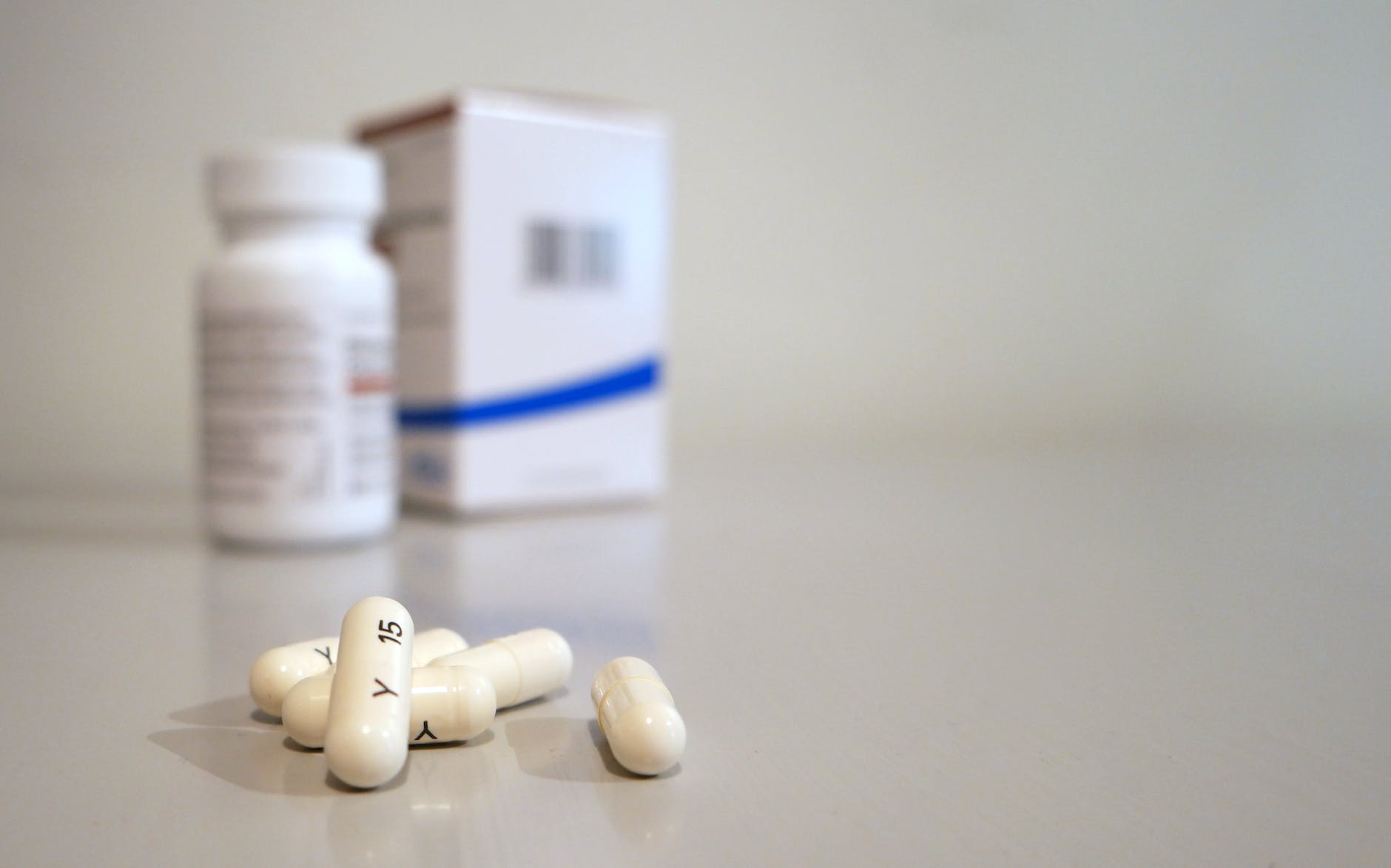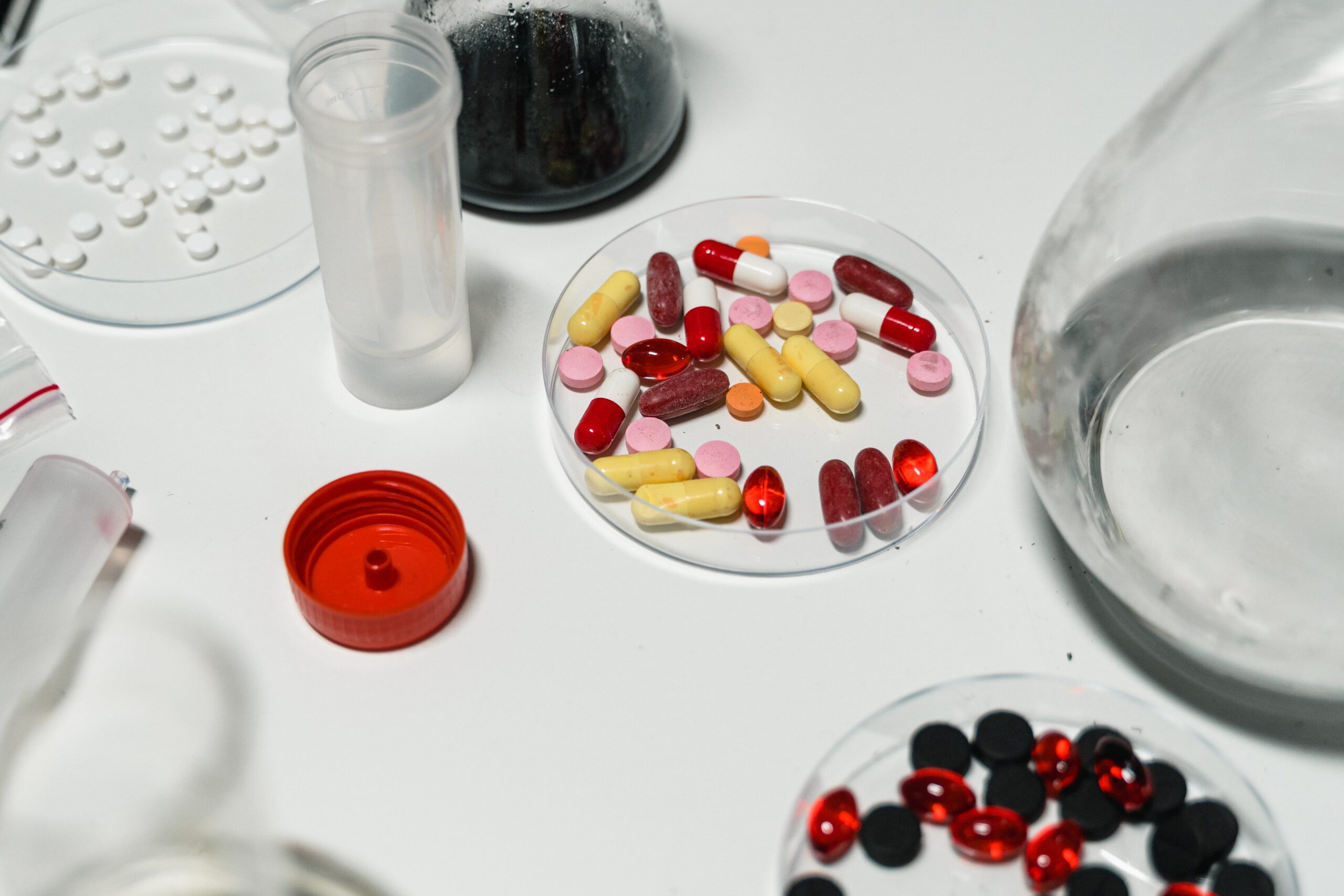Nitrofurantoin is a widely used antibiotic known for its effectiveness in treating urinary tract infections (UTIs). In this comprehensive guide, we’ll explore every aspect of Nitrofurantoin, from its mechanism of action to its potential side effects, ensuring you have a complete understanding of this essential medication.
Table of Contents
Section 1: Introduction to Nitrofurantoin
Nitrofurantoin belongs to a class of antibiotics known as nitrofurans. It has been a cornerstone in the treatment of UTIs for decades. Its mechanism of action sets it apart from other antibiotics, making it particularly well-suited for urinary tract infections.
The Power of Nitrofurantoin
Nitrofurantoin is highly effective in combating UTIs. It works by disrupting the growth and reproduction of bacteria in the urinary tract, preventing them from causing further infection. This targeted approach is one of the reasons Nitrofurantoin is a preferred choice for UTI treatment.
Formulations and Brand Names
Nitrofurantoin is available in various formulations, including capsules and suspensions. It’s marketed under several brand names, with Macrobid and Macrodantin being some of the most recognized.
Section 2: Indications for Nitrofurantoin
Understanding when and why Nitrofurantoin is prescribed is crucial for patients and healthcare providers alike. Let’s explore the common indications for this antibiotic.
Uncomplicated Urinary Tract Infections
The primary use of Nitrofurantoin is in the treatment of uncomplicated UTIs. These infections typically affect the bladder and urethra and are characterized by symptoms such as frequent urination, pain or burning during urination, and a strong urge to urinate.
Section 3: Mechanism of Action
To appreciate Nitrofurantoin’s efficacy, we need to delve into how it operates at the molecular level.
Bacterial Inhibition
Nitrofurantoin exerts its antibacterial effects by interfering with several essential processes in bacterial cells. It disrupts the synthesis of bacterial DNA, RNA, and proteins, effectively crippling the bacteria’s ability to grow and reproduce.

Section 4: Dosage and Administration
The proper dosage and administration of Nitrofurantoin are critical for its effectiveness and to minimize the risk of side effects. Let’s delve into the details.
Dosage Considerations
The appropriate dosage of Nitrofurantoin can vary based on several factors:
- Type and Severity of Infection: The dosage may differ for uncomplicated UTIs compared to more severe infections.
- Patient’s Age: Dosage adjustments are made for pediatric and elderly patients.
- Weight: In some cases, weight-based dosing is used for precise treatment.
Duration of Treatment
A typical course of Nitrofurantoin for a UTI lasts anywhere from 3 to 7 days. Completing the full course is crucial to ensure the infection is fully eradicated.
Route of Administration
Nitrofurantoin is usually taken orally, with capsules or suspensions. It’s essential to take it with food to improve absorption and reduce the risk of stomach upset.
Section 5: Common Side Effects
While Nitrofurantoin is generally well-tolerated, it can cause side effects in some individuals.
Gastrointestinal Effects
Common side effects may include nausea, vomiting, diarrhea, and stomach pain. These symptoms are usually mild and temporary.
Discoloration of Urine
One unique side effect of Nitrofurantoin is the harmless discoloration of urine. It can turn urine a brownish color, which is entirely normal and not a cause for concern.
Allergic Reactions
In rare cases, Nitrofurantoin can cause allergic reactions, which may include itching, hives, swelling, and difficulty breathing. Any signs of an allergic reaction should be reported to a healthcare provider immediately.
Section 6: Precautions and Considerations
To ensure the safe and effective use of Nitrofurantoin, there are specific precautions and considerations to keep in mind.
Pregnancy and Breastfeeding
Nitrofurantoin is generally considered safe during pregnancy and breastfeeding, but healthcare providers will carefully assess the risk-benefit ratio.
Kidney Function
Patients with impaired kidney function may require dosage adjustments or alternative treatments, as Nitrofurantoin is primarily excreted through the kidneys.
Drug Interactions
Nitrofurantoin can interact with other medications, so it’s crucial to inform your healthcare provider about all the medications you’re taking.
Section 7:
In conclusion, Nitrofurantoin is a highly effective antibiotic commonly used to treat urinary tract infections. Its targeted mechanism of action, relatively low side effect profile, and decades-long track record of success make it a valuable tool in healthcare. When prescribed and administered correctly, Nitrofurantoin helps alleviate the discomfort and complications associated with UTIs, allowing patients to recover and regain their quality of life.
Section 8: Alternative Treatments
While Nitrofurantoin is a commonly prescribed antibiotic for UTIs, there are alternative treatment options available. Healthcare providers may consider these alternatives based on factors such as the patient’s medical history, known allergies, and the specific bacteria causing the infection.
Other Antibiotics
In cases of Nitrofurantoin allergy or resistance, healthcare providers may opt for alternative antibiotics like trimethoprim-sulfamethoxazole (TMP-SMX), ciprofloxacin, or amoxicillin/clavulanic acid.
Natural Remedies
Some individuals explore natural remedies, such as cranberry juice or supplements, as adjuncts to antibiotic treatment. While these remedies may help prevent UTIs, they are not typically considered primary treatments for active infections.
Section 9: Future Directions
The field of antibiotics and infectious diseases is ever-evolving. Ongoing research seeks to address emerging challenges, such as antibiotic resistance and the development of new, more effective treatments.
Antibiotic Resistance
One of the significant concerns in healthcare is antibiotic resistance, where bacteria become less responsive to antibiotics over time. This highlights the importance of responsible antibiotic use and ongoing research into new treatments.
New Antibiotics
Researchers continue to explore and develop new antibiotics to combat increasingly resistant bacteria. These innovative treatments may provide more effective options for UTIs and other bacterial infections.
Section 10: Your Role in UTI Prevention
Preventing UTIs is as crucial as treating them effectively. Here are some practical steps individuals can take to reduce their risk of urinary tract infections:
Hydration
Staying adequately hydrated can help flush bacteria from the urinary tract. Drinking plenty of water is a simple yet effective preventive measure.
Urinate Regularly
Avoid holding in urine for extended periods, as this can allow bacteria to multiply in the urinary tract.
Personal Hygiene
Maintain good personal hygiene habits, including proper wiping techniques after using the restroom.
Cranberry Products
Some studies suggest that cranberry products may help prevent UTIs. Discuss their use with your healthcare provider.
Section 11: Consult Your Healthcare Provider
While this guide provides valuable information about Nitrofurantoin and UTIs, it’s essential to remember that healthcare decisions should always be made in consultation with a qualified healthcare provider. Your provider can assess your specific condition, conduct necessary tests, and recommend the most appropriate treatment tailored to your individual needs.
Section 13: Patient Resources and Support
For individuals dealing with urinary tract infections, access to reliable resources and support can make a significant difference in managing their condition. Here are some valuable resources:
Healthcare Providers
Your primary care physician or urologist is your first point of contact for UTI diagnosis, treatment, and ongoing care. They can provide tailored guidance and treatment plans.
Online Resources
Numerous reputable websites and online forums offer information, tips, and communities where individuals can share their experiences with UTIs and treatments.
Support Groups
Local or online support groups and communities can be excellent sources of emotional support, shared experiences, and advice on managing UTIs.
Section 14: Antibiotic Stewardship
In an era of increasing antibiotic resistance, antibiotic stewardship is a crucial concept. It emphasizes responsible antibiotic use to preserve the effectiveness of these essential medications. Here’s how it applies to Nitrofurantoin and UTIs:
Completing the Full Course
Always complete the full course of Nitrofurantoin prescribed by your healthcare provider, even if you start feeling better before finishing the antibiotics. This helps ensure that all bacteria causing the infection are eliminated.
Avoid Self-Medication
Do not self-prescribe or use leftover antibiotics from previous infections. Only take antibiotics that have been prescribed for your specific condition.
Follow-Up Care
If your symptoms persist or worsen, consult your healthcare provider for a follow-up assessment. This ensures that the treatment is effective, and adjustments can be made if necessary.
Section 15: Final Thoughts
Understanding Nitrofurantoin and its role in treating urinary tract infections is a valuable step toward maintaining your health and well-being. It’s essential to be proactive about urinary health, adopt preventive measures, and seek prompt medical attention when needed.
Remember that your healthcare provider is your partner in managing UTIs and other health concerns. Open and honest communication with them ensures that you receive the best possible care and treatment.
In the ever-evolving landscape of medicine, advances in research and technology continue to shape our understanding of UTIs and the treatments available. This guide serves as a starting point for your journey to informed healthcare decisions.
Section 16: Additional Questions and Assistance
If you have any more questions, need further assistance, or would like to explore specific topics related to urinary tract infections, Nitrofurantoin, or antibiotics in general, please don’t hesitate to reach out. Your health and well-being are our top priorities.
Section 17: International Variations
The use of Nitrofurantoin and the prevalence of urinary tract infections can vary across different countries and regions. Healthcare practices, antibiotic guidelines, and patterns of infection may differ, reflecting local conditions and priorities.
Global Health Impact
Urinary tract infections are a global health concern, affecting people of all ages and backgrounds. Efforts to improve awareness, prevention, and treatment are ongoing worldwide.
Regional Approaches
Healthcare providers and public health organizations often tailor their approaches to UTIs and antibiotic use to address the specific needs and challenges within their regions.
Section 18: Research and Development
The field of antibiotics, including Nitrofurantoin, continues to evolve through research and development efforts. Here are some areas of ongoing interest:
Antibiotic Resistance
Researchers are diligently studying antibiotic resistance mechanisms and working on strategies to combat this growing global health threat.
Novel Antibiotics
The discovery and development of new antibiotics with unique mechanisms of action remain a priority. These innovations can provide additional options for treating UTIs and other bacterial infections.
Section 19: Your Health, Your Responsibility
While healthcare providers play a pivotal role in your health, you also have a crucial role to play in maintaining your well-being. Here are some key takeaways:
Active Engagement
Be an active participant in your healthcare. Discuss your symptoms, concerns, and questions with your healthcare provider openly.
Preventive Measures
Implement preventive measures, such as staying hydrated and practicing good hygiene, to reduce the risk of UTIs.
Responsible Antibiotic Use
Use antibiotics responsibly, following your healthcare provider’s instructions meticulously. Completing the full course of antibiotics is essential.
Section 20: Conclusion
In this comprehensive guide, we’ve delved into every aspect of Nitrofurantoin and its role in treating urinary tract infections. From its mechanism of action to dosing, side effects, and alternatives, we’ve aimed to provide you with a well-rounded understanding.
Your health and well-being are of utmost importance, and we encourage you to make informed decisions, consult with your healthcare provider, and actively participate in your healthcare journey.
Should you have any further questions, require additional information, or seek assistance on related topics, please don’t hesitate to reach out. Your health is our priority.

